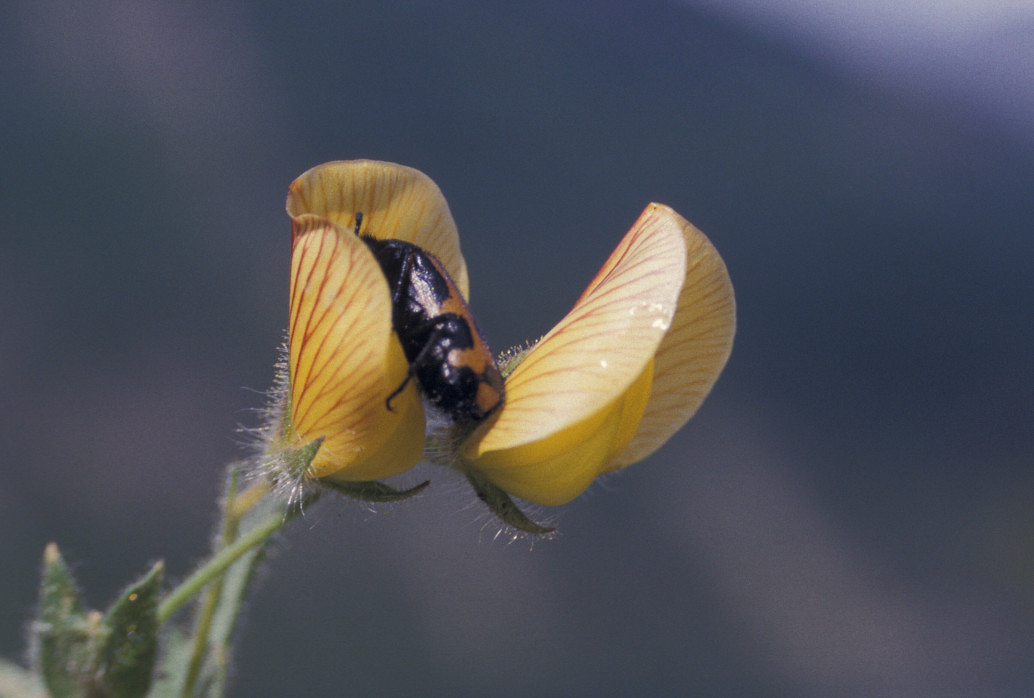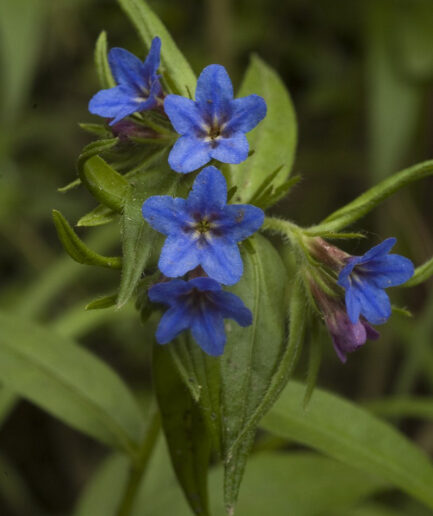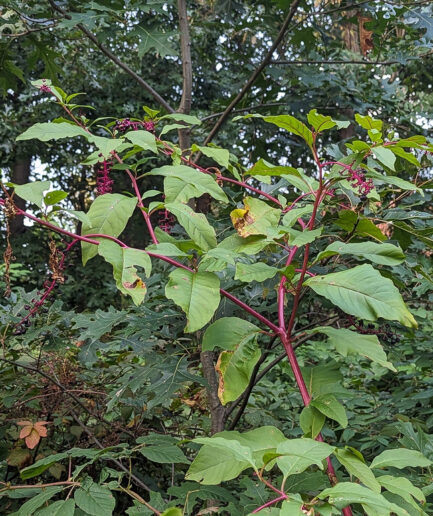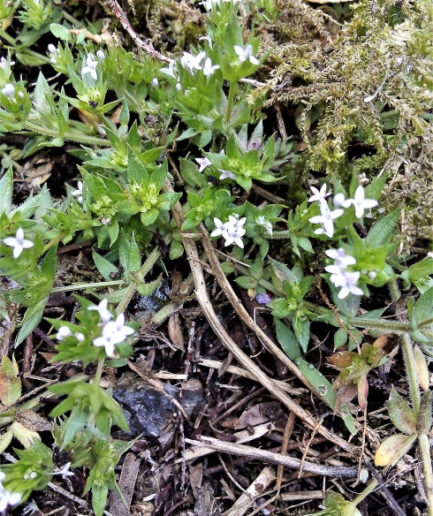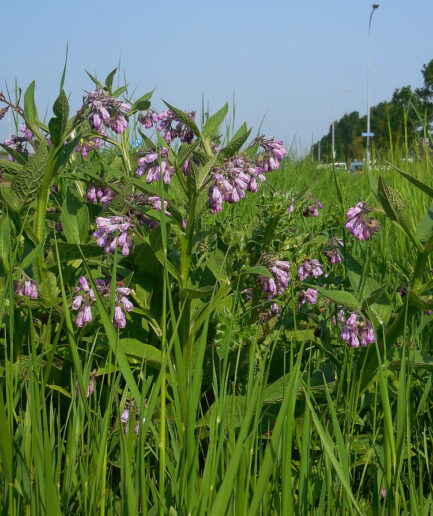Common Bird’s-foot Trefoil
Scientific name: Lotus corniculatus L.
Family: Fabaceae
MORPHOLOGY
Growth habit and size: Perennial herbaceous plant, with highly variable appearance, appearing glabrous, sericeous, or villous: in dry conditions, it tends to increase hairiness, while in humid places, it loses this characteristic and becomes glabrous. It is characterized by a rhizome with a taproot. Height ranges from 10 to 80 cm.
Stem: Basal stems are lignified, thin, pithy, striated, glabrous or sparsely hairy, prostrate or ascending, not very branched.
Leaves: Leaves are imparipinnate and consist of 5 segments; the 2 lower ones at the base of the rachis are stipules, and the 3 upper ones are shortly petiolate. Alternating, lanceolate or ovate-lanceolate with ± rounded apex, sometimes with a short mucro; the base is narrowed to a wedge, and both the margin and veins have long hairs or are glabrous.
Flowers: The paucifloral, globose, and axillary inflorescences are formed by multiple flowers and a generally trifoliate bract, carried on long peduncles. The flowers are intense yellow or orange, often streaked with red, with pedicels shorter than the calyx. The calyx is more or less villous with 5 sepals with more or less equal teeth. The corolla is papilionaceous, the standard is folded upwards, the 2 lateral petals are free, while the 2 lower petals are united to form the keel terminating in a beak-shaped and upward-facing structure. It blooms from March to September.
Fruits and seeds: The fruits are thin, dehiscent, cylindrical legumes of brown color, joined at one end to form a kind of “claw”; they contain numerous oval, glossy seeds, ranging in color from green to brown, with blackish spots.
DISTRIBUTION AND HABITAT
It grows throughout Italy from sea level up to 2,700 m. It thrives in dry meadows, pastures, and uncultivated grasslands, particularly in human-made environments such as fertilized meadows and fields.
USE
The plant is antispasmodic, sedative, astringent, antiseptic, and emollient. It is used for insomnia, dysmenorrhea, and bronchitis. In herbal medicine, the plant is used as a cardiac tonic. Before taking any plant-based product (medicinal or non-medicinal) for therapeutic or similar purposes, it is always advisable to consult a doctor. Bird’s-foot Trefoil, from which a yellow dye can be extracted, has been cultivated since the 18th century. It is an excellent forage species with low requirements, particularly suitable for cool and humid climates, and has excellent tolerance to drought, cold, and even saline soils; it is useful in soil erosion control and as a nitrogen fixer in the soil. L. corniculatus can be used in hay production or for direct grazing, as it does not cause bloating in animals. It is moderately bee friendly.
INTERESTING FACTS
It is said that the properties of Lotus corniculatus were studied by the naturalist and mathematician Georges-Louis Leclerc (1707-1788), Count of Buffon, after one of his patients, by mistakenly using it instead of Melilot, experienced a marked improvement in her nervousness.
Photo: Kindly provided by Claudio Farinati




